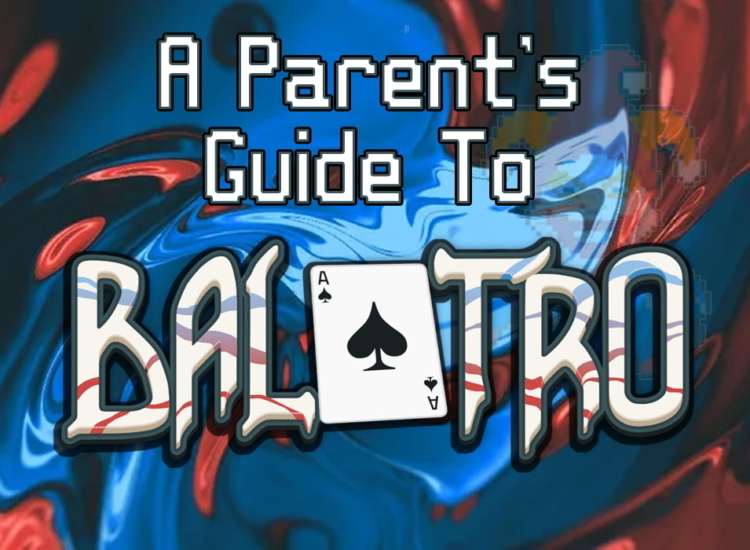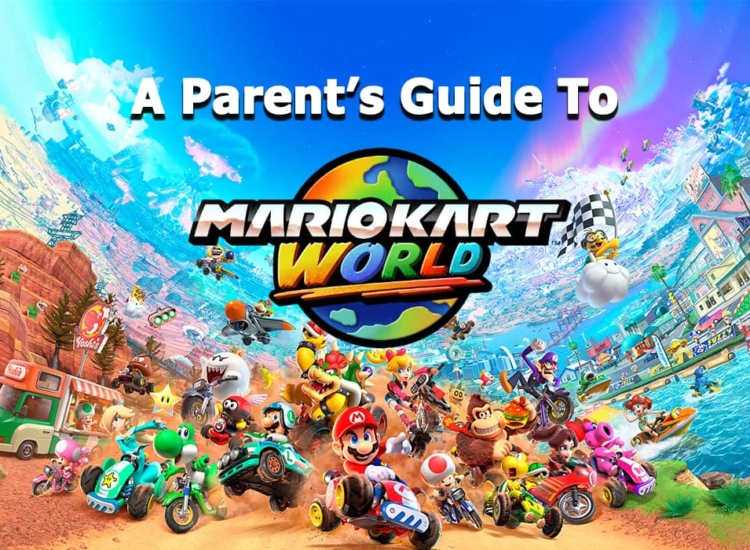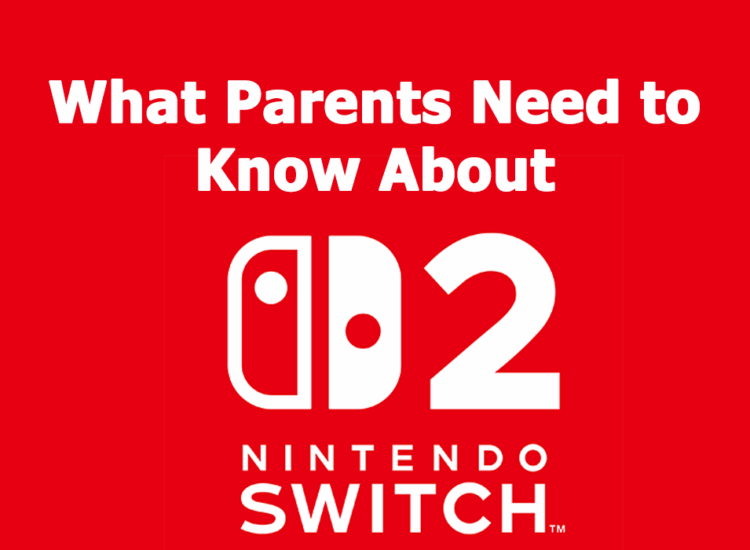What Parents Need to Know About Final Fantasy XVI
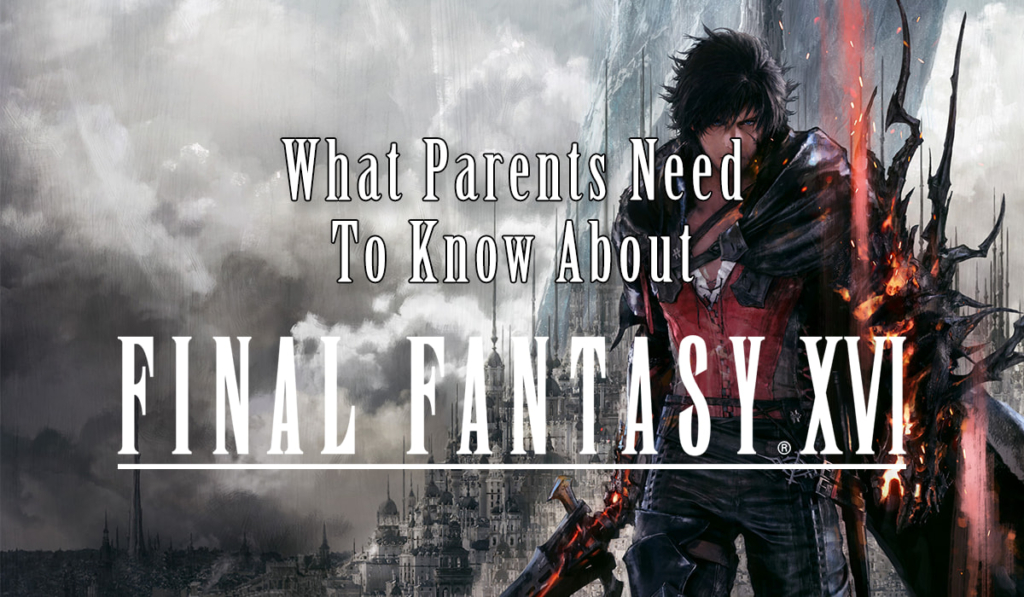
The original Final Fantasy was released 30 years ago and its success was simultaneously massive and surprising. Since then, the series has (as of now) spawned sixteen numbered sequels – not including dozens of spinoffs, remakes, and reimaginings. Up until Final Fantasy XVI, every main, numbered installment in the series has been rated in the E (Everyone) to T (Teen) range. But Final Fantasy XVI is rated M (Mature). Fear not, we’re here to explain why ESRB assigned an M rating to Final Fantasy XVI, why that’s noteworthy, and help you determine if it’s appropriate for your family.
Is Final Fantasy XVI Appropriate for Your Kids?
Final Fantasy XVI is rated M for Mature, with Content Descriptors including Blood and Gore, Partial Nudity, Sexual Themes, Strong Language, and Violence. There are no Interactive Elements assigned.
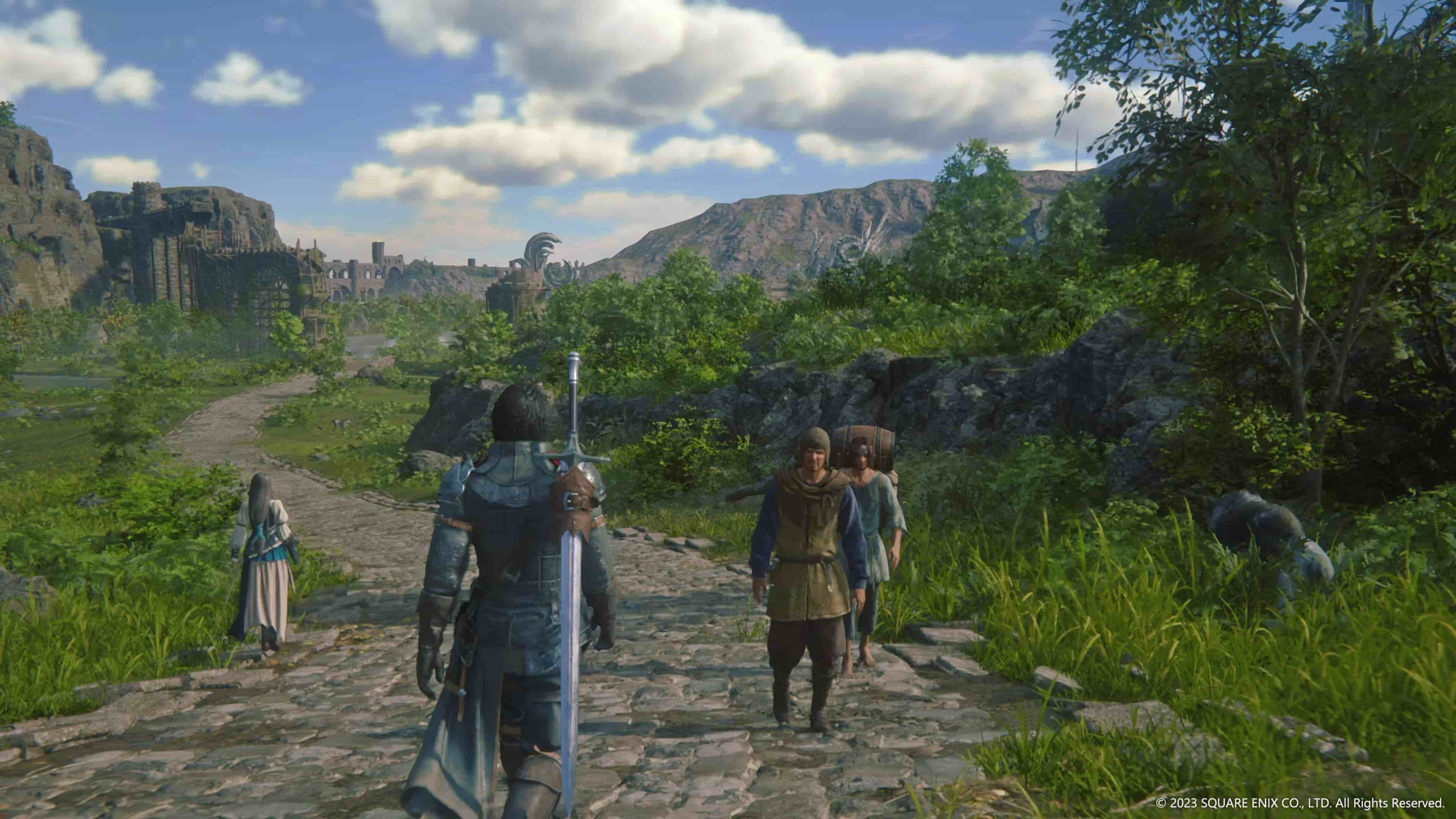
It is not unheard of (though it is relatively uncommon) for a game in a long-running series to receive a different Rating Category assignment than previous entries. This is almost always a clear choice made by the developer or publisher from early on in development. Still, it’s another reason to always check the rating and understand what’s in a game before you decide to purchase it for your kids. This even goes for when it’s a new entry in a series your kids are wild about.
If you search for Final Fantasy on ESRB’s Rating Search you will find literally decades of ratings precedent. You’ll notice that there have been two previous Final Fantasy games with M ratings – Stranger of Paradise: Final Fantasy Origin and Final Fantasy Type-0 HD – both of which are spinoffs and only tangentially related to core entries in the series.
Beyond the above, there are several themes and complex plot-beats that may also pose some difficulty for children of younger ages. This includes themes of inequity, the evils of slavery, weapons of mass destruction, and more. Continue reading for more information about these story-related themes.
Where Can You Play Final Fantasy XVI?
Final Fantasy XVI is available on PlayStation 5.
It is not unheard of (though it is relatively uncommon) for a game in a long-running series to receive a different Rating Category assignment than previous entries
How Much Does Final Fantasy XVI Cost?
Final Fantasy XVI costs $69.99 for the standard version.
There is also a Deluxe Edition for $99.99, which includes a different case and a physical map of the in-game continent, Velisthea. If you and your family are superfans, there is a Collector’s Edition for $349.99 which includes additional physical items, such as a statue, a pin collection, bonus in-game weapons, and more.
What is Final Fantasy XVI About?
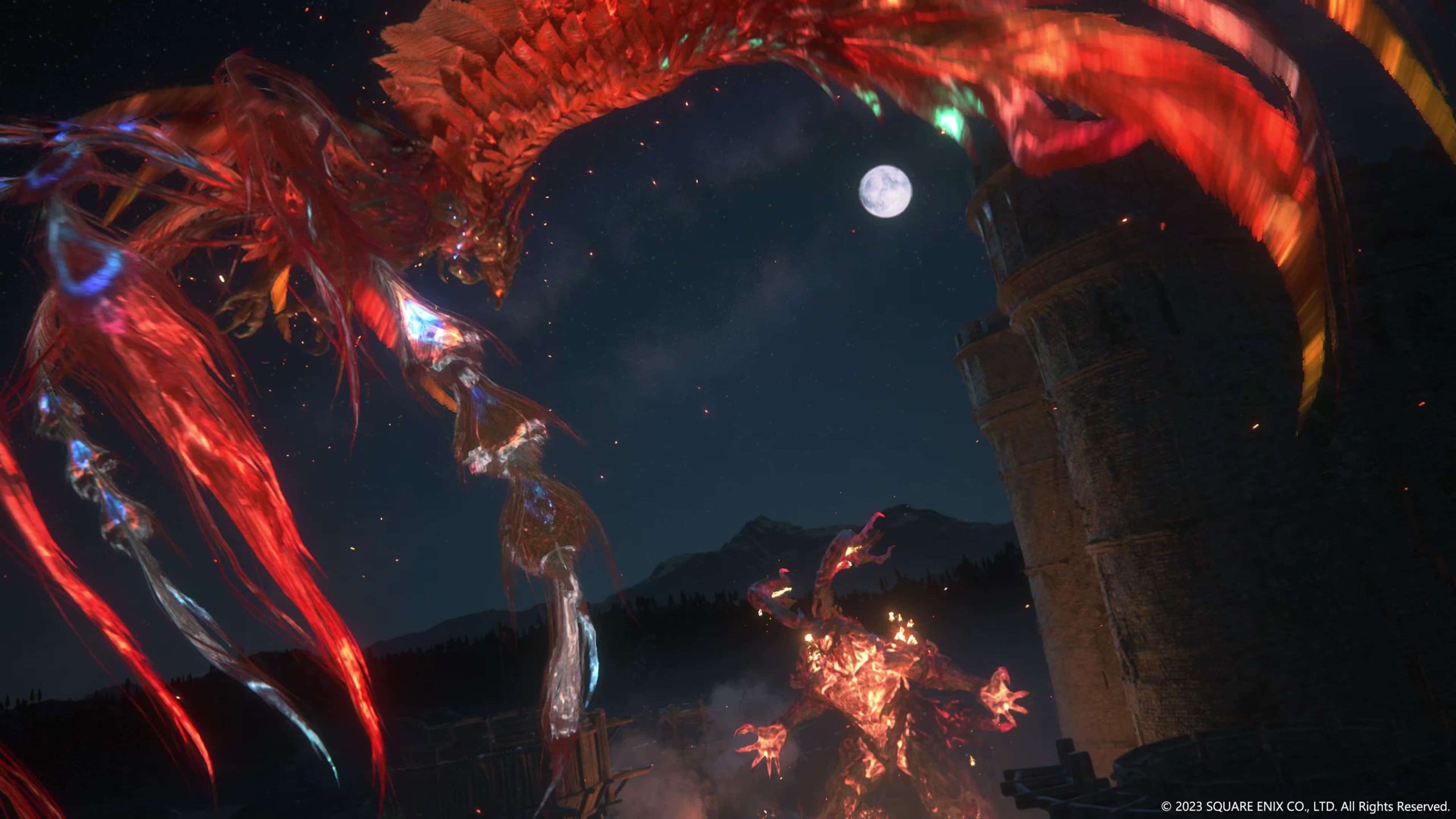
Valisthea is dotted by mountains of crystal (called Mothercrystals) that allow denizens to take advantage of magick (which is just a fancy way of spelling “magic”). The story uses these crystals to explore themes of inequity. Some denizens of Valisthea have open access to crystals, and therefore magick. This offers the ability for these individuals to create wealth and comfort for themselves by leveraging the power of the crystals. Meanwhile others are left without, which naturally puts them at a stark disadvantage in some respects.
To complicate matters more, some gifted individuals – including Clive – can use magick at will without the need of Mothercrystals. These Valistheans are called “Bearers”. While one may assume that these individuals would be high status, they are often branded with a face tattoo and forced into slavery or indentured servitude to – for lack of a better phrase – save costs for the wealthy. Bearers are often seen as inhuman, but they are in fact, just like everyone else.
In addition to themes of inequity and slavery, Final Fantasy XVI contains allusions to weapons of mass destruction and the concept of mutually assured destruction. Valisthea is home to the Eikons (pronounced “Icons”): The most powerful and potentially destructive creatures in the world. Eikons are under the control of individuals called “Dominants”, who can use the Eikons’ power however they see fit. Each of the six Realms (which are kingdoms or countries) has access to a Dominant, and by extension the power of an Eikon. As the game begins, it’s clear that this balance of power has contributed to a tenuous peace across the six Realms. But this precarious peace is tested as decades of bad blood festers and a mysterious Blight begins appearing across the land.
How Does Final Fantasy XVI Play?
Final Fantasy has typically been known for complex stories and strategic combat. These staples remain in Final Fantasy XVI.
Players are ushered through the story with fast-paced, combo-driven action. Clive has access to a growing repertoire of sword techniques, magicks, Eikon abilities, and more to battle enemies.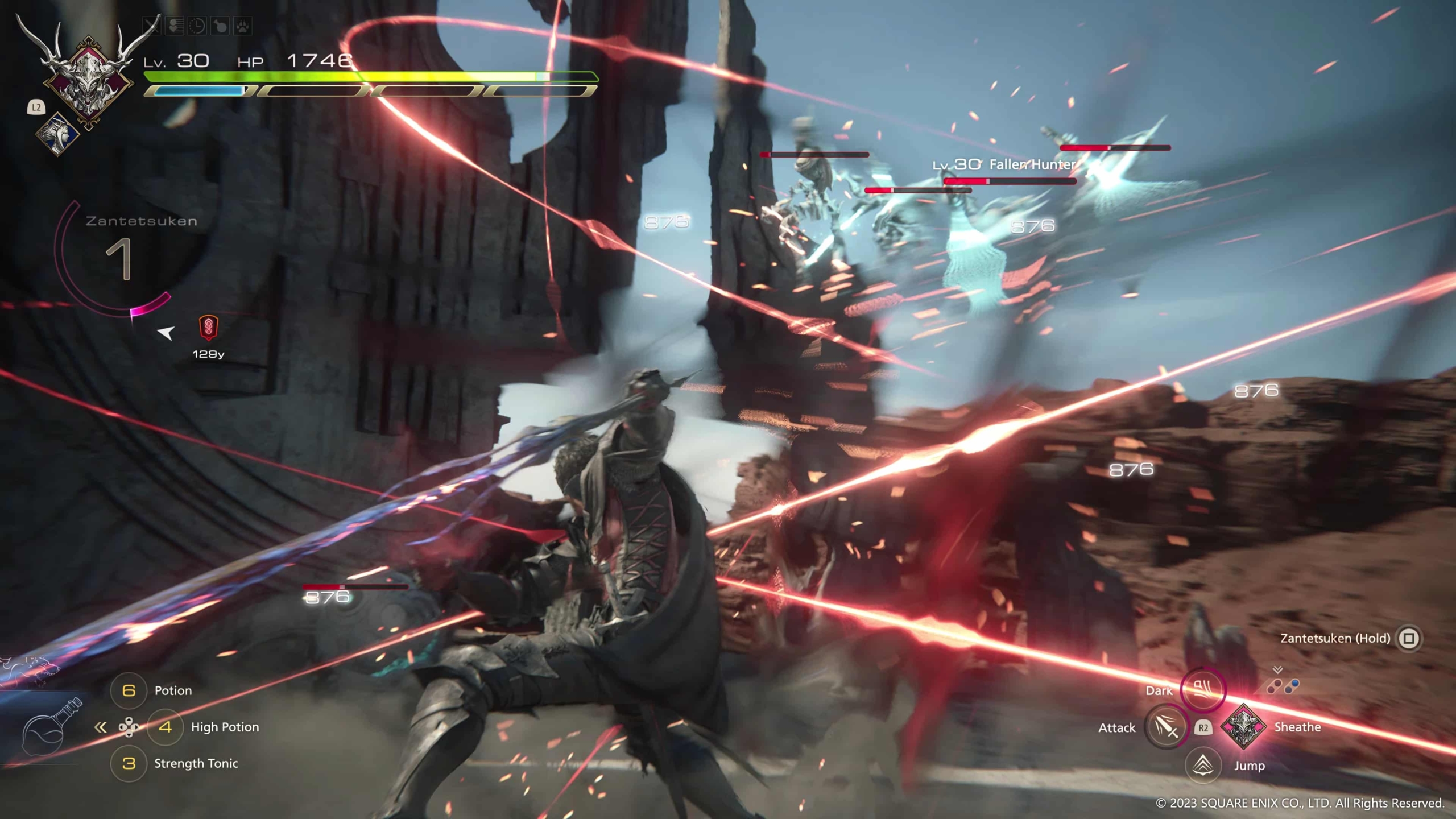
Despite the frenetic pace, strategy still plays a core role in combat. Players can decide which abilities to use in any given combat scenario, depending upon the strengths and weaknesses of an enemy. Furthermore, players will have the opportunity to upgrade abilities throughout the story to take on greater challenges and better align Clive with a more personal play style.
Final Fantasy XVI does not have a party system like many previous games in the series. That said, Clive’s journey is not a solitary one. He is joined by his loyal dog, Torgal, who can attack, heal, and combo with Clive. Torgal is a good dog.
Clive is also occasionally accompanied by other non-dog characters. Unlike Torgal, players do not have any direct control over these allies.
Between the fast-paced action of battling, players should expect a good deal of story told via cutscenes (in-game clips that progress a game’s story). Speaking of story, players will also be able to consult the Active Time Lore feature in this new iteration of Final Fantasy. Active Time Lore allows you to pause the game during any cutscene and consult a context-sensitive story glossary.
In addition to lots of story content and flashy combat, players will be free to explore some areas of Valisthea, complete quests, discover rewards, and create a more powerful Clive.
Managing Your Kids’ Video Game Play
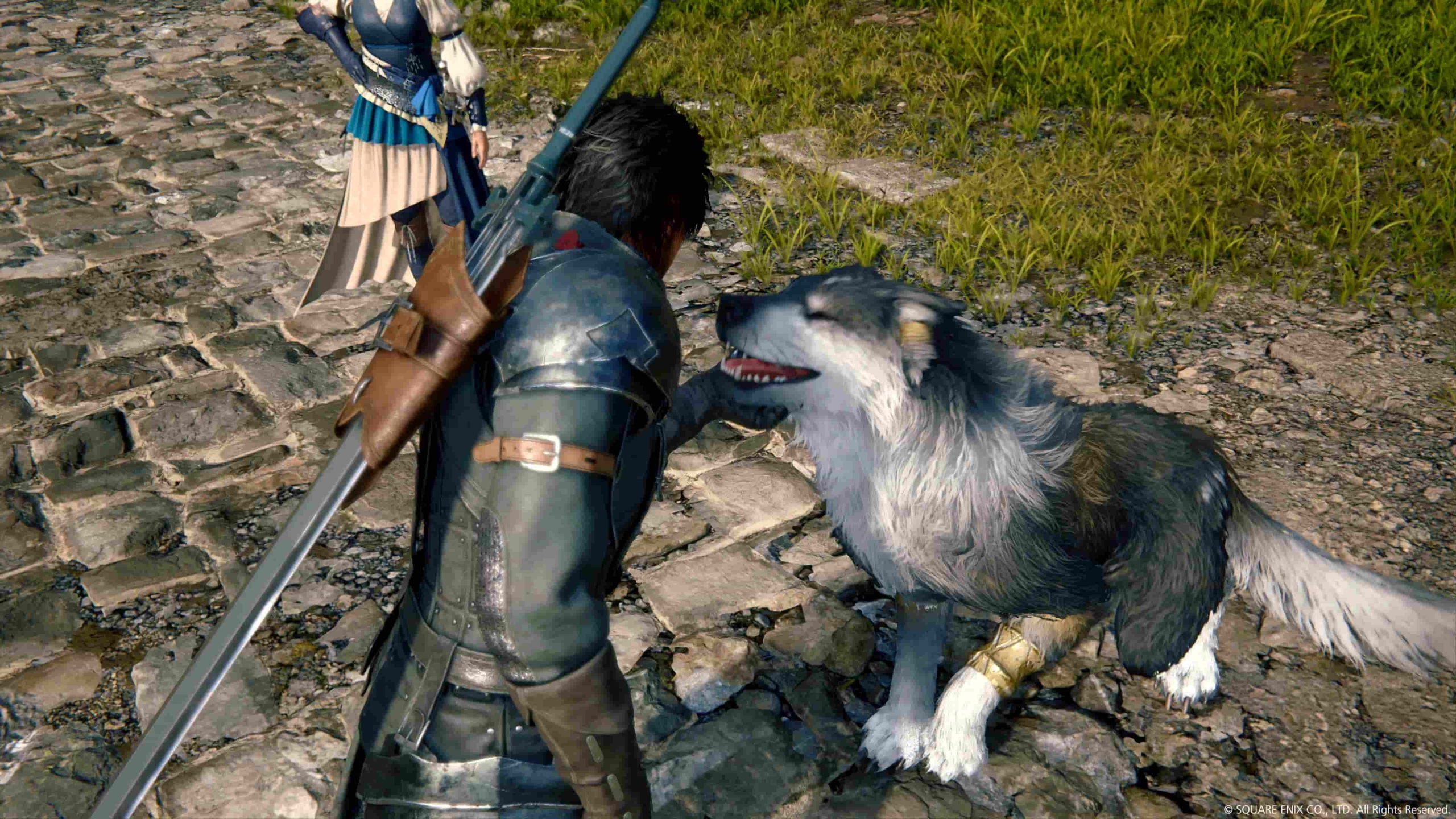
Start by checking the ESRB age and content ratings when your children ask for a game. Even if it’s a game with a long history of age-appropriate content you may find that one installment is making a change. If possible, it’s also a great help to grab a controller and preview a game yourself! In the case of Final Fantasy XVI, there’s a demo available now on the PlayStation Store, which will give you an impression of the content of the game and the context in which it’s presented to the player. Of course, this isn’t always an option, so remember that you can always find trailers online that may give you an idea of what the game may offer.
One of the most important steps to managing your kids’ video game experiences is to establish household rules for the whole family. Engage in an open conversation with your kids about what they can play, when and for how long, with whom, whether they can spend money on new games/in-game purchases. Don’t forget to discuss why these rules are important. From there you can nurture an ongoing dialogue with your kids about the video games they’re looking forward to and adjust the rules as they grow. You can visit ESRB’s Family Gaming Guide for helpful tips highlighting what you may want to discuss.
It’s also helpful to activate parental controls on your kids’ game devices to back up your household rules and gain some additional peace of mind. Parental controls are available for virtually every device on which your kids can play games. Visit ParentalTools.org for step-by-step parental controls guides to help walk you through the process.
